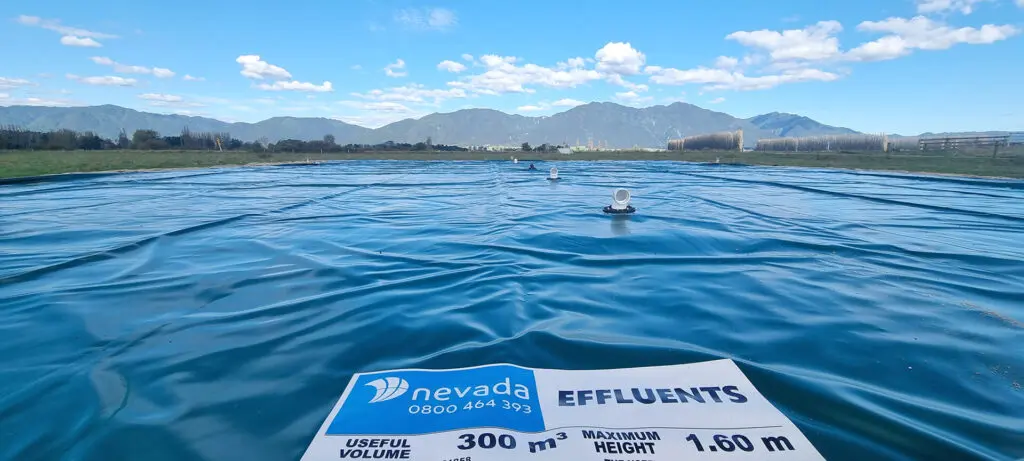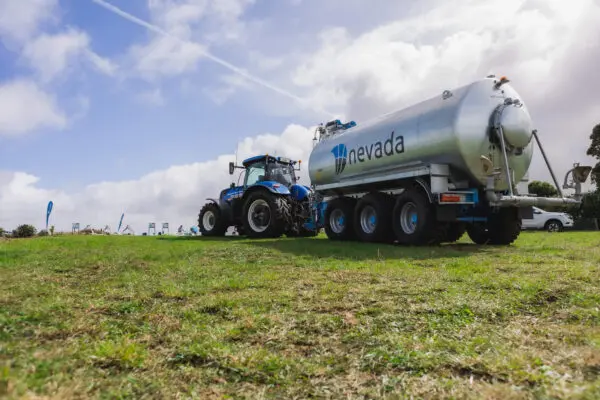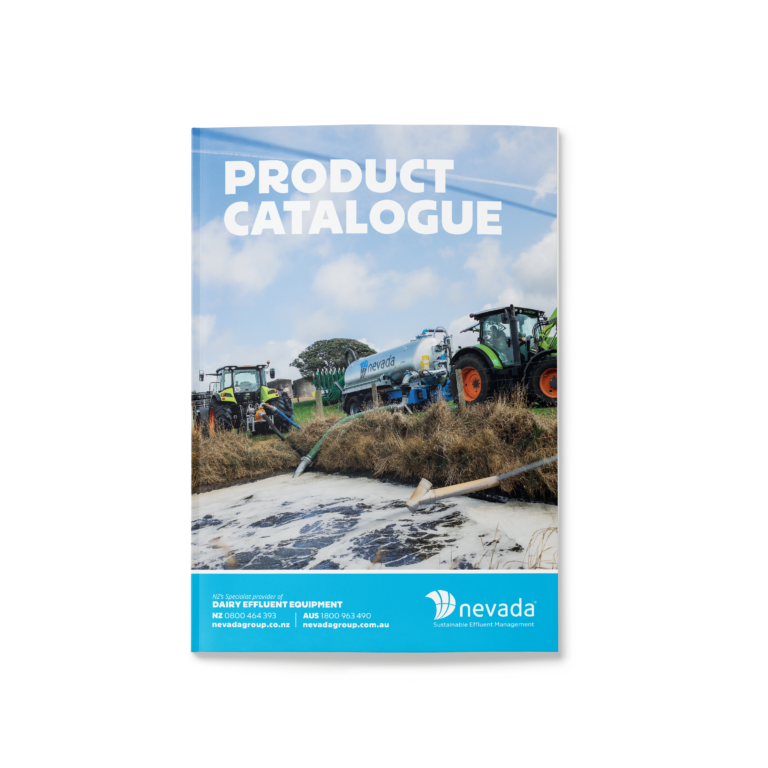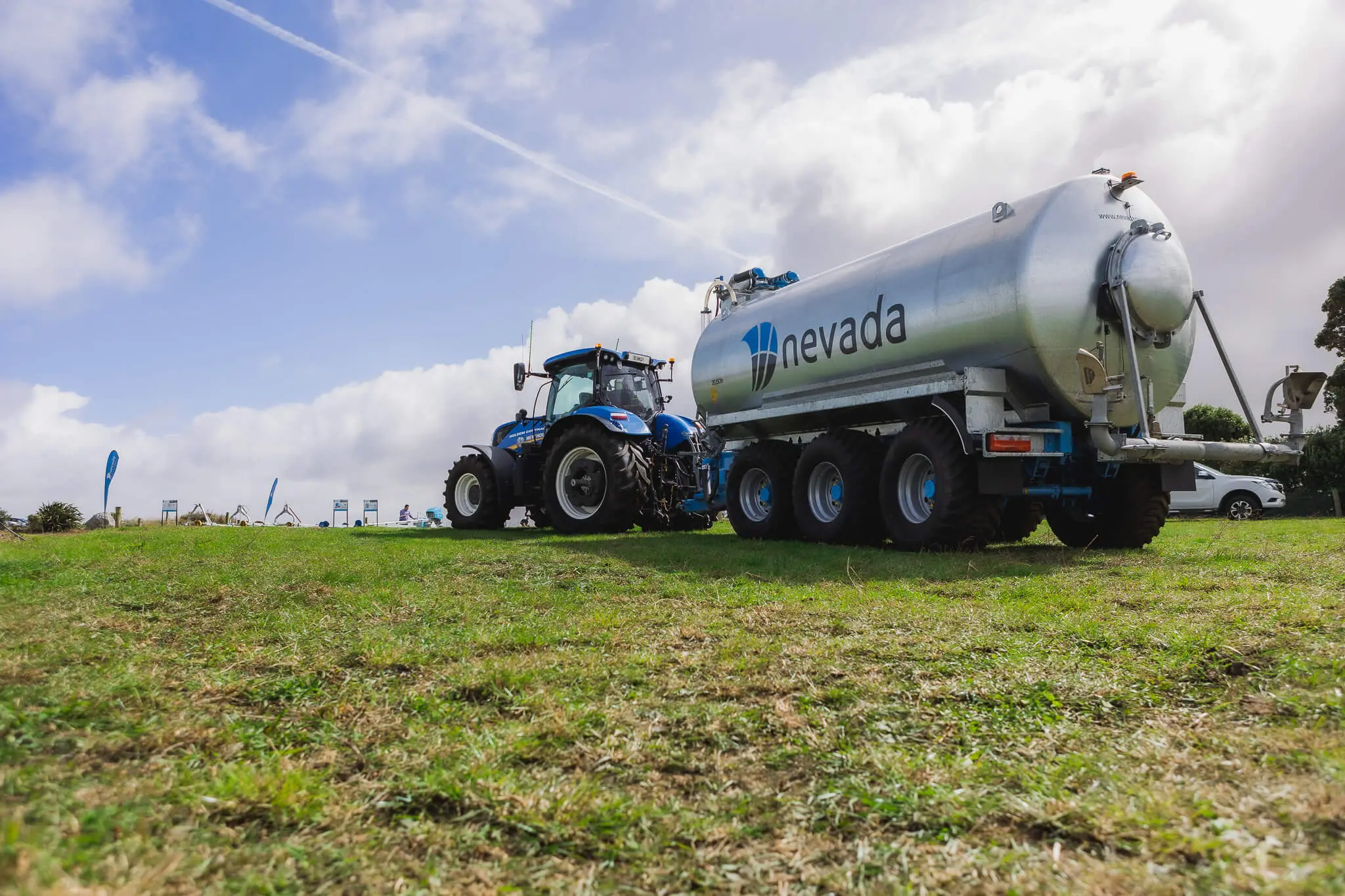- Sustainable Effluent Management
After thorough research, Stephen reached out to Nevada for help. Mike visited the farm to learn more about it and what Stephen wanted to achieve. He did some storage calculations and suggested two options:
Stephen liked the idea of the bladder.
‘I liked that it would be easy to install and cause minimal disruption to the farm. I’ve got a contract milkers that manage the farm and I wanted something that would be easy to operate.’
Stephen Trenberth – Dairy Farmer

Once Stephen had decided on the effluent bladder option, Mike assisted him through the consent process (consent is not always required for effluent bladders, this depends on the local council).
‘Mike’s been great. He made the whole process simple and easy, including pushing back on a few things.’
Stephen decided to install a second stone trap to ensure no unwanted debris are making their way into the bladder. The original pump will still be used for irrigation, however a second pump with a float switch got installed which will trigger to pump effluent from the sump to the effluent bladder once the sump is 3/4 full.
Stephen’s decision to install the effluent bladder tank proved to be a smart one. Not only did it provide him with the additional storage he needed, but it also ensured compliance with council regulations.
CASE STUDIES
Bringing you helpful advice, info, news and stories from Nevada. See how Nevada Group’s solutions have transformed dairy farms with increased efficiency and sustainability.
Receive fortnightly email newsletters with the latest insights from Nevada!
Copyright © 2025 Nevada Group
Receive fortnightly email newsletters with the latest insights from Nevada!
Copyright © 2025 Nevada Group
"*" indicates required fields

"*" indicates required fields

"*" indicates required fields

